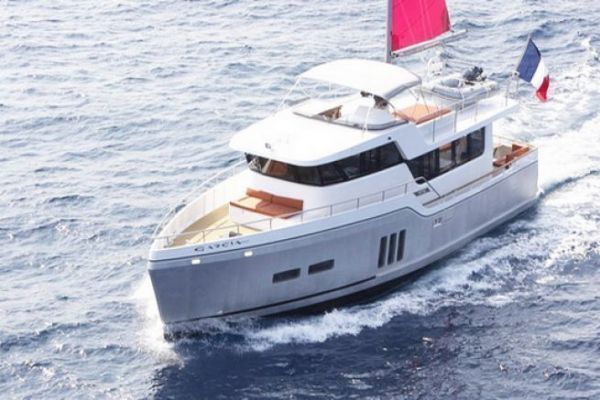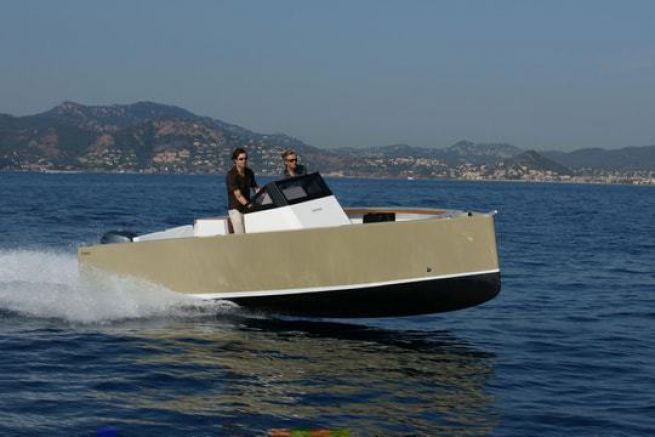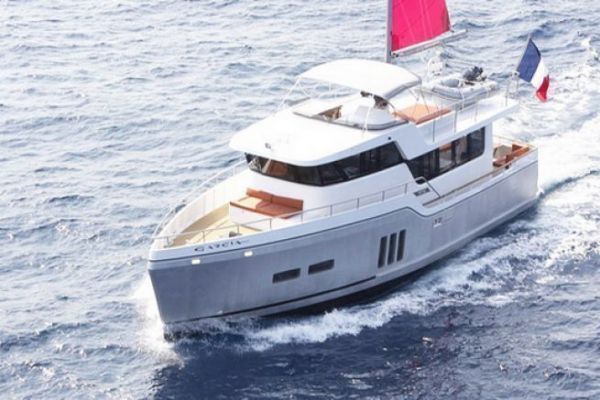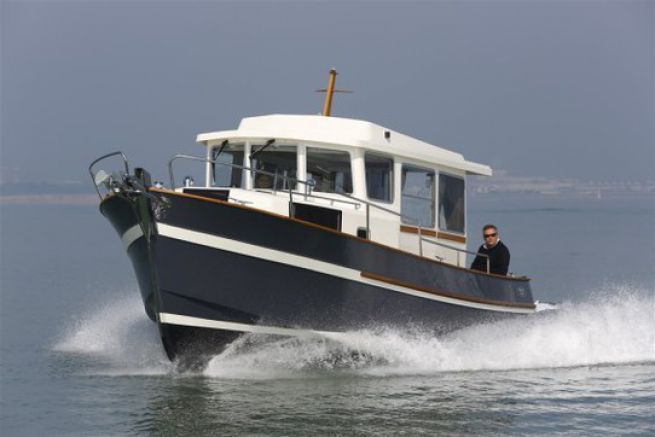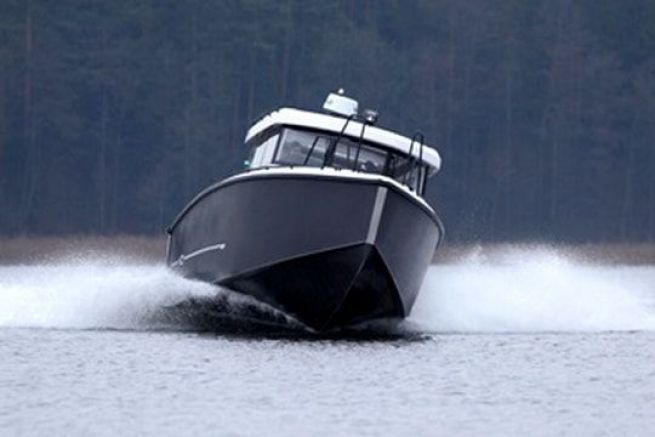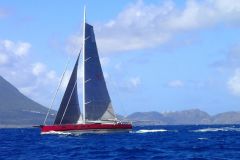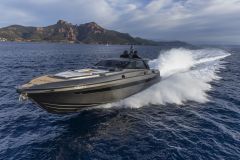Boats limited by their hull speed
The displacement hull is designed for moderate speeds, i.e. it does not lift off and simply "pushes the water forward". This hull shape does not promote speed, but ensures good flexibility in waves and great stability. The displacement hull allows sailing in all seas, even in heavy weather, because it does not hit the waves. The stability of course is generally ensured by a slightly V-shaped hull bottom equipped with a long and deep keel.
Since it does not lift off, the speed of a displacement boat is limited to its hull speed. This means that the boat cannot exceed a theoretical speed - the critical or limit speed - even with a larger engine. Its calculation depends only on the waterline length. The larger the boat, the higher the speed it can reach.
Hulls used in pleasure craft and workboats
Today, these hulls are mainly found on cargo ships or on professional boats, working or fishing. They are also used on inland waterways, where speed is not an issue. By sailing at reasonable speeds, consumption is also reduced.
In yachting, these hulls can be found on many old sailing boats and today on boats that seek maximum autonomy and want to limit consumption. This is the case of trawlers or electric propulsion.
Naval architect Pierre Delion summarizes: "A ith energy savings, the displacement hull is not about to disappear! Displacement hulls are used for boats that do not exceed their hull speed. If you're looking for a boat with low speed and low fuel consumption, they're ideal. They're mostly used for low-speed boats that aren't going to exceed 10 knots."
Advantages of the displacement hull
- passage to the sea
- comfort
- autonomy
- requires low engine power
Disadvantages of the displacement hull
- speed limited by the length of the hull
- more roll in general, due to a more limited width

 /
/ 